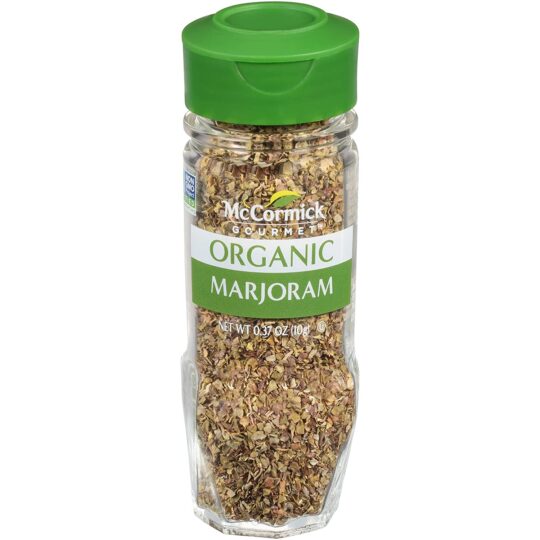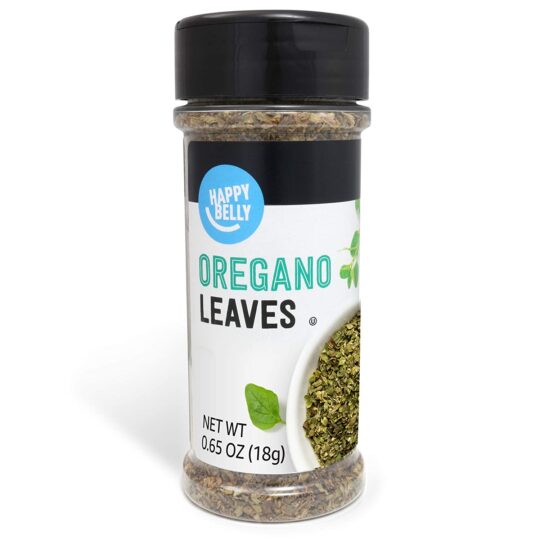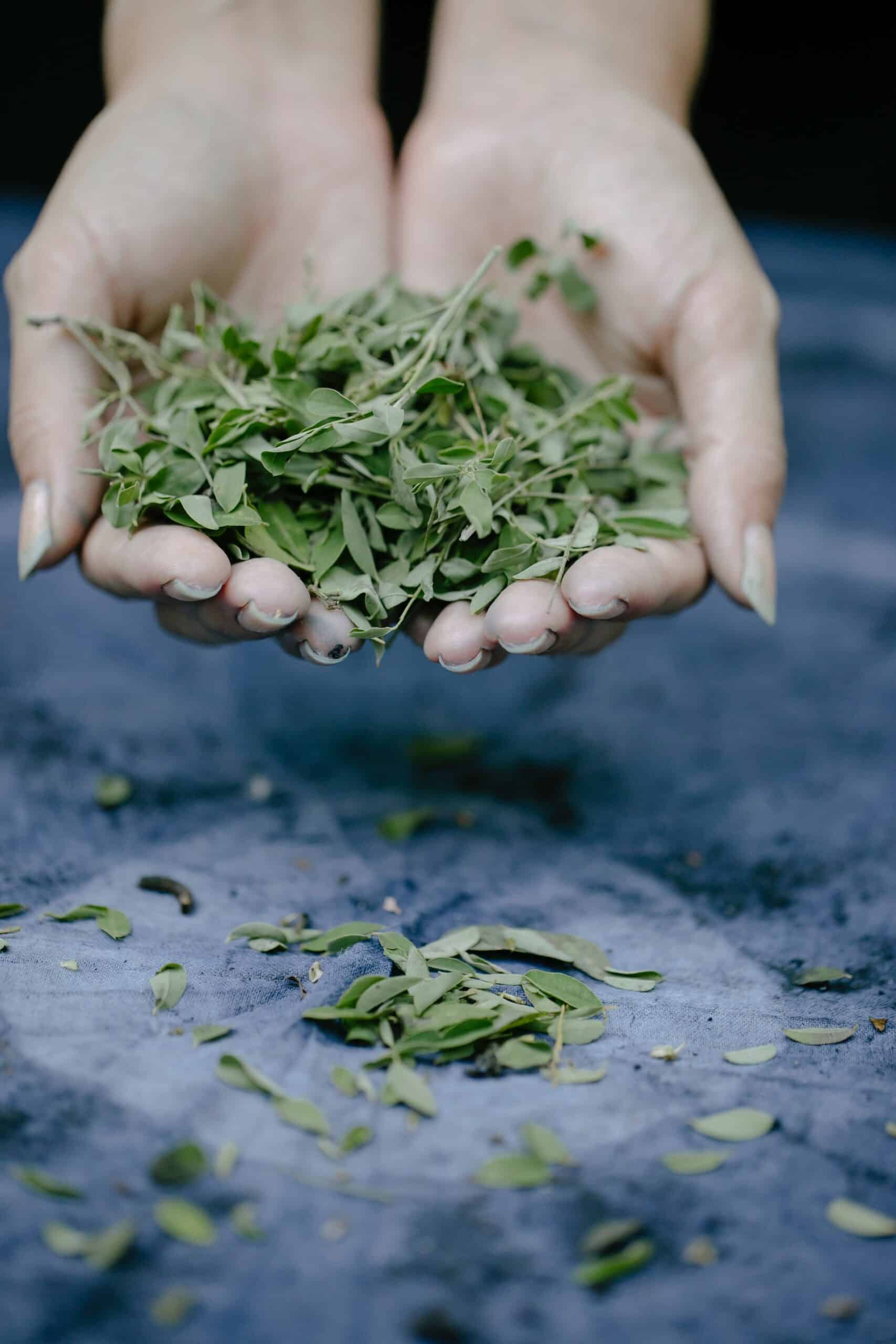Updated on December 19th, 2024
When it comes to holiday cuisine, a few characteristic herbs and spices spring to mind, and sage is certainly one of them. This herb has strong pine and woodsy flavors that it consistently imparts to the dishes in which it is employed. Sage leaves are popular across different regions, and they have a long history of culinary as well as medicinal usage.
Despite these really appealing characteristics, sage leaves may just not be the taste you’re looking for in your recipe. They may also not be available when you need them in your recipes, and this would typically necessitate the use of substitutes.
Well, you’ve come to the right place; in this article, we’ve compiled a number of suitable substitutes for sage leaves and how they can work in your recipes to give you just the effect you crave. Keep reading to learn more about these substitutes and how to use them to get the best out of your cooking.
What are Sage Leaves?
Sage leaves are woody-stemmed perennial evergreen subshrubs with blue to purplish blooms and grayish leaves. Sage is a member of the Lamiaceae mint family and is native to the Mediterranean region, though it has spread throughout the world. It has a long history of medicinal and culinary usage, as well as being utilized as a decorative garden plant in recent years. Sage is also a frequent name for closely related species and cultivars.
Sage, along with parsley, rosemary, and thyme, has long been considered one of the most important herbs in Britain. The flavor is savory and slightly spicy. In the 14th and 15th centuries, sage was used in a “Cold Sage Sauce” that was popular in French, English, and Lombard cuisine. It can be found in a variety of European cuisines, including Italian, Balkan, and Middle Eastern cuisines.
Sage leaves are considered a must-have condiment in Italian cuisine, especially for saltimbocca and other fish dishes. It is also commonly served as sage and onion stuffing with roast turkey or chicken during Christmas or Thanksgiving Day, as well as for Sunday roast dinners in British and American cuisine. Pork casserole, Sage Derby cheese, and Lincolnshire sausages are among the other specialties.
Uses of Sage Leaves in Recipes
Sage leaves are renowned for their fuzzy appearance and strong herbal aroma, making them a robust addition to any cuisine. This aromatic Mediterranean herb has evolved from an ancient medical tool to a versatile element in a wide range of recipes, from robust American stuffings to light Chinese herbal teas.
Some recipes in which sage leaves are popularly employed include the following:
- Fried sage leaves
- Chicken breasts with fresh sage
- Butternut squash, sage, and goat cheese
- Pasta with butter, sage, and parmesan
- Mixed beans with crisp rosemary and sage
- Winter squash with fried sage leaves
- Garlic-sage steak topping
- Grilled merlot steak with sage butter
- Brown butter sage skillet chicken
- Tajarin pasta with sage butter
- Fettuccine with brown butter and sage
- Butter and sage ravioli
- Browned butter and sage rice
- Sage and parmesan rice
- Sage brown butter sauce
Substitutes for Sage Leaves
Sage leaves have soft feathery leaves with a clean sweetness and subtle bitterness that go well with onion, garlic, dairy, and fatty meats in a variety of dishes.
If you cannot find any sage leaves to use in your recipes, try one of the following substitutes:
Marjoram

Marjoram, a member of the mint family, has a woodsy, lemony, and flowery aroma that closely resembles sage’s. Though it has a flavor that is quite close to that of the plant, marjoram is milder and loses its power when cooked for long periods of time.
When substituting marjoram for sage in a dish, it’s best to add it near the end of the cooking process. You can, however, use this herb in its fresh or dried form in a one-to-one ratio as directed in the original recipe you are following. Save the tough stems to add to your smoker to give your slow-cooked meats a floral scent as they roast.
Rosemary

The strong pine-like and woodsy notes of this very aromatic Mediterranean plant can quickly overshadow a meal. When used sparingly, though, rosemary may be an excellent substitute for sage leaves in meals that retains the plant’s strong aroma. Rosemary, like sage, provides richness and depth to a dish, making it ideal for the holiday meal.
You can nearly always find rosemary at local grocery stores because it is harvested all year. Reduce the amount of rosemary used in the recipe by three-quarters when using rosemary instead of sage. Also, choose a plant with greener foliage that is slightly sweeter and gentler in flavor than one with older, gray-green leaves that has a harsher, more pungent flavor.
Oregano

This mint-related herb, like marjoram, provides depth and earthiness to a recipe. Though more pungent and peppery than sage, oregano holds up well to heat and can be used instead of sage in savory meals.
Fresh and dried oregano has comparable flavors, but fresh oregano is excellent for salads and salsas, whilst dried oregano is better for sauces and stews. As a general guideline, opt for oregano leaves that are tender and younger, as they are softer and more flavorful than fresh sage.
Frequently Asked Questions (FAQs)
Are Tulsi and sage the same?
Holy basil is a common name for tulsi (Ocimum tenuiflorum or Ocimum sanctum). Mint, sage, oregano, rosemary, and lavender are all members of the Lamiaceae family of aromatic flowering herbs, which also include tulsi.
Does sage grow in India?
Sage is a hardy and low-maintenance perennial herb plant. Sage cultivation in India is both cost-effective and time-saving. Sage plants are full-bodied perennial herb plants with woody stems and fragrant leaves that can be harvested.
Is sage used in Indian cooking?
In Indian cuisine, sage is used as a flavoring component for fatty meats like poultry and pork during the early stages of cooking. This is due to the fact that it aids digestion and provides a balanced flavor. It also goes well with filling foods like risotto, tomato sauces, potatoes, and beans.
Conclusion
Sage leaves are one set of ingredients that are not lacking in replacement options when you can’t get any to use in your recipes. There are quite a number of substitutes available to choose from, and some of them even have the same woodsy aromatic feel such that you won’t miss sage leaves at all in your meals.
The next time you run out of sage leaves, simply choose your next available option. You’ll get pretty similar results and a whole new way to enjoy your favorite recipes.
